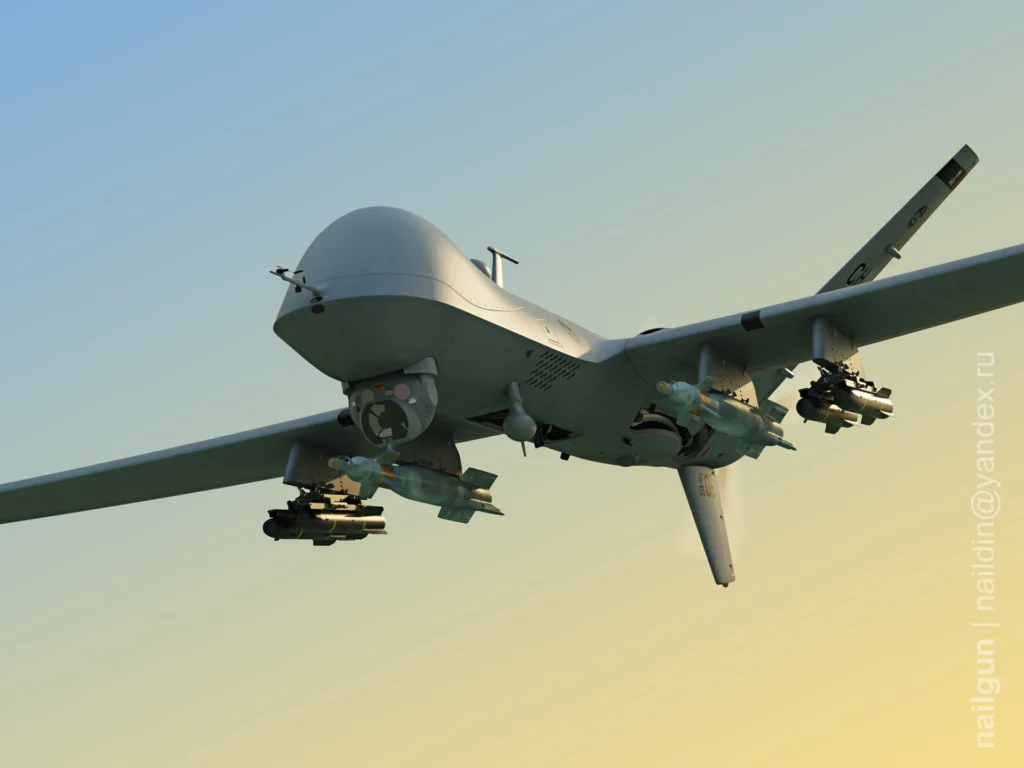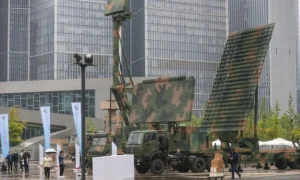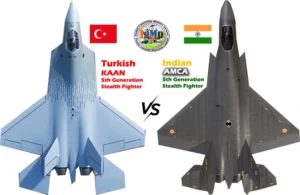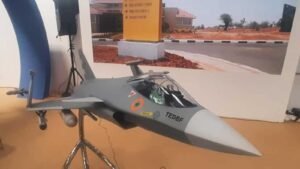Source : IgMp Bureau

India to integrate indigenous SDR and Astra Mk1 BVRAAM on MQ-9B drones
In a significant move to enhance its aerial surveillance and reconnaissance capabilities, India is poised to sign a pivotal contract for the procurement of 31 MQ-9B drones. According to credible media reports, the signing of this contract is expected to take place prior to the general elections scheduled for March 2024, marking a decisive step towards strengthening the country’s defense infrastructure. The delivery of these state-of-the-art drones is anticipated to commence in 2025, heralding a new era in India’s strategic aerial capabilities.
Deployment Timeline
Under the terms of the contract, the acquisition process will unfold in two distinct phases. Initially, 10 MQ-9B drones will be delivered in a fly-away condition within four years from the date of contract signing. These off-the-shelf units will provide an immediate boost to India’s surveillance capabilities, enabling swift deployment for strategic monitoring and intelligence-gathering missions.
Indigenous Weapons Integration on MQ-9B UAV
The subsequent phase of the contract encompasses the assembly of the remaining 21 drones within India. This phase is not only an exercise in self-reliance but also a testament to India’s commitment to innovation and technological self-sufficiency. During this stage, the drones will be integrated with indigenous software-defined radios, a crucial component for secure and efficient communication in military operations. Furthermore, these drones will also be equipped with the Astra Mark 1 missile, a domestically developed and highly capable air-to-air missile, further enhancing their combat capabilities.
Collaboration between General Atomics and DRDO
The contract for the acquisition of MQ-9B drones is not the sole agreement in the pipeline. A second contract is set to be signed between General Atomics, the manufacturer of the MQ-9B, and India’s Defense Research and Development Organization (DRDO). This contract aims to foster indigenous design and development of high-altitude long-endurance platforms akin to the MQ-9.
These high-altitude long-endurance platforms represent a significant stride in India’s pursuit of self-reliance in defense technology. They are expected to play a pivotal role in aerial surveillance, reconnaissance, and strategic missions, offering an array of applications, including border security, maritime surveillance, disaster management, and real-time threat assessment.
Strategic Implications
The acquisition of the MQ-9B drones and the concurrent development of indigenous high-altitude long-endurance platforms signify a profound shift in India’s defense strategy. These systems will augment India’s ability to monitor its borders, safeguard maritime interests, and respond effectively to emerging threats. Furthermore, their integration with indigenous technologies reinforces India’s commitment to self-sufficiency in defense production and technology.
As India ventures into this new chapter of defense capability enhancement, the synergy between international collaboration and domestic innovation is poised to elevate the nation’s position in the global defense arena. The acquisition of MQ-9B drones, coupled with the development of indigenous high-altitude long-endurance platforms, will undoubtedly bolster India’s strategic preparedness and reinforce its commitment to maintaining peace and security in the region.







